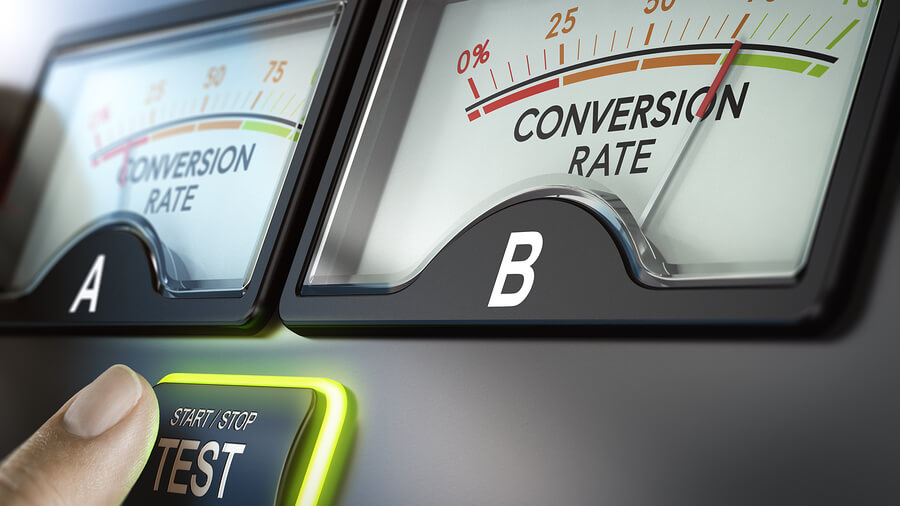
Websites are often the first point of contact when it comes to generating clientele, which means it’s all about making a good first impression. 94% of website first impressions are design-related, so the design of your website must be something that is not only visually engaging to a user, but also easy to use.
NB: This is an article from Arise
Subscribe to our weekly newsletter and stay up to date
Embrace whitespace: But what is whitespace? Also referred to as negative space, whitespace is the unmarked areas between and around elements of a webpage like text, images, and buttons. It’s not necessarily white; the term “white space” refers to any area of a design left unmarked by visuals or text. This element can help prevent your site design from looking cluttered and can guide the user’s attention without leading to information overload.
Your site can also benefit from elements like a consistent colour scheme, or a readable font. When it comes to design, sometimes simplicity is key to enhancing user experience and boosting user retention – it makes the key information stand out. Here’s an example from a client of ours:
Navigation is another element of what constitutes a good website. So what do we mean by navigation? We mean implementing a logical structure to your site layout, this includes things like menus that are accessible from any page, or a search feature for larger sites.
Effective site navigation comes with multiple benefits:
- Enhanced UX (user experience): a logical site structure means that UX can be streamlined and therefore enhanced. If users are able to find the information they’re looking for quickly and effectively, they’re likely to have an overall better experience with your site as opposed to having to sieve through excessive information.
- SEO benefits: search engines favour websites that are easy to navigate. If your site is easy to crawl and understand, search engines can better interpret content hierarchy and importance of pages – this could lead to better search engines rankings for your site.
- Reduced bounce rates: As stated before, the better your site navigation, the better users can access the information they need. So not only does this enhance UX, but also makes it more likely for users to stay on your site and explore further. This positively contributes to the likelihood of conversions, as well as positively impacting your site’s performance in search engine results.
When it comes to design, it’s also a plus if your website has a responsive design. This means taking into account elements such as mobile compatibility.




